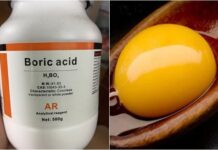– Air-drying in the shade
Air-drying in the shade means drying clothes in a well-ventilated area without direct sunlight. Many people prefer this method as it is gentler on the clothes and achieves a natural drying effect.
However, air-drying in the shade requires careful consideration of temperature, humidity, and air circulation. Clothes cannot be left to dry aimlessly, or they will develop an unpleasant odor. The reason for this is that prolonged dampness creates an environment conducive to bacterial and mold growth.
In addition to the unpleasant smell, wearing clothes dried in this manner can also transfer bacteria and fungi to the skin, leading to acne, itching, and allergic reactions. These microorganisms can also be inhaled, potentially causing respiratory issues.
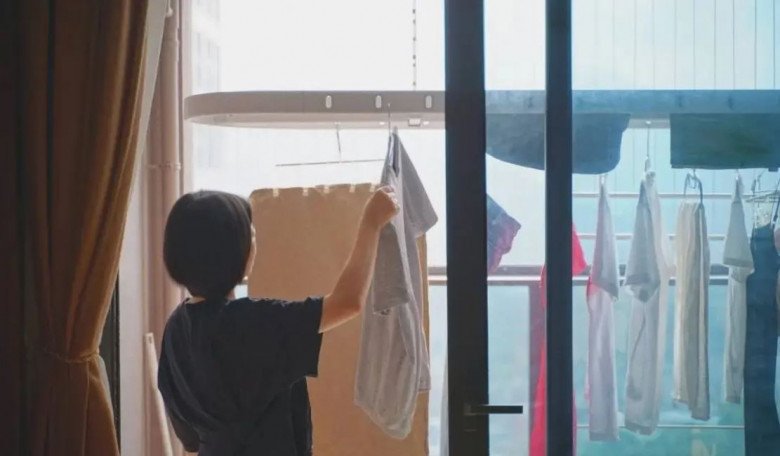
– Not drying clothes immediately after washing
Some people, after loading the washing machine, go out or fall asleep, only returning to hang their clothes in the evening or the next day.
If clothes are not dried immediately after washing and are left in a bucket or washing machine, the warm and damp environment facilitates bacterial growth.
Research has shown that, in damp and poorly ventilated conditions, bacteria reproduce 3-4 times faster than usual. In other words, leaving clothes in a bucket or washing machine for an extended period promotes bacterial and mold growth, resulting in an unpleasant odor. The clothes may even become dirtier than before washing.
Therefore, it is essential to remember to dry clothes promptly after washing, ideally within three hours. If this timeframe is exceeded, it is recommended to wash the clothes again.
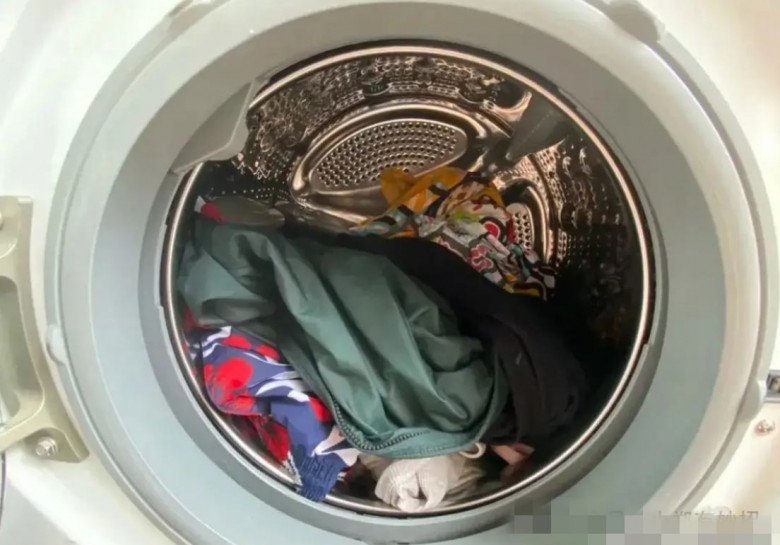
– Overnight drying
At night, the air is typically more humid, and clothes cannot dry within a few hours. As a result, hanging clothes overnight provides an opportunity for bacteria to thrive.
Furthermore, the habit of hanging clothes outdoors or on balconies not only prolongs the drying time but also sometimes results in an unpleasant odor that affects the health of family members.
Additionally, after multiple overnight drying sessions, clothes are more likely to develop mildew and discoloration due to dew formation. The fabric may also deteriorate and become damaged more quickly.
– Turning clothes inside out when drying
Many people have a habit of turning their clothes inside out when drying to prevent color fading. However, the inside of the garment is in direct contact with our skin when worn. This habit inadvertently increases the likelihood of bacteria, insects, and dirt adhering to the inside of the clothing.
When the garment is worn, the body comes into direct contact with these contaminants, potentially causing skin problems. This is especially true for baby clothes, as infants have weaker immune systems and are more susceptible to itching, diaper rash, and respiratory issues if they inadvertently wear clothes contaminated with bacteria and dirt.
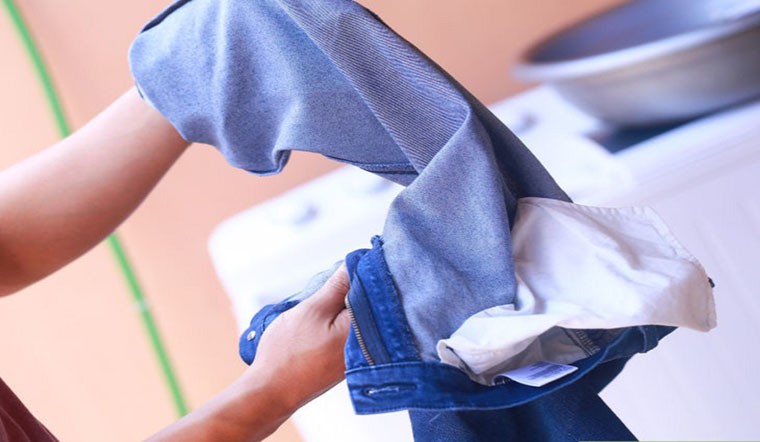
Additionally, it is recommended to avoid drying clothes in areas with excessive dust and sand, as these particles can adhere to the body and cause itching, discomfort, and skin and gynecological issues.
What to do if you can’t dry your clothes in the sun?
– The inverted V-shaped hanging method
If you want your clothes to dry quickly, the hanging method is crucial. It is best to use the “inverted V-shaped hanging method.” This involves hanging longer garments at both ends of the clothesline and shorter ones in the middle, forming an inverted V shape.
The advantage of this drying method is that it improves ventilation, aiding in faster drying.
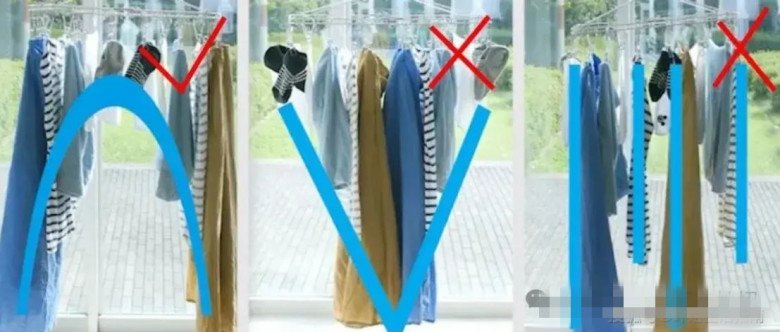
– Using a dryer
On rainy and humid days, when clothes take longer to dry, you can use a dryer. This appliance not only expedites the drying process but also has a sterilizing effect comparable to sun exposure.
– Utilizing a hairdryer and plastic bag
If you’re in a hurry, you can try using a hairdryer and a plastic bag to dry your clothes.
Prepare a dry bath towel and lay the wet clothes on it. Then, roll up the towel and squeeze out the excess water. This process will transfer moisture from the clothes to the towel, leaving the garments semi-dry.
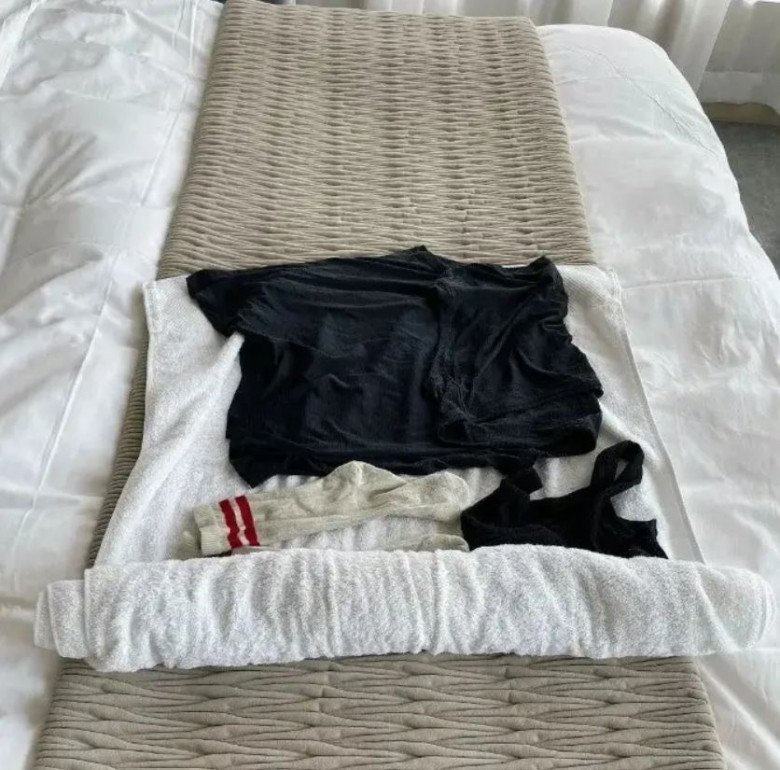
Next, prepare a plastic bag and cut two small holes at the bottom for moisture escape. Place the clothes inside and securely tie the bag, leaving an opening just large enough for a hairdryer nozzle.
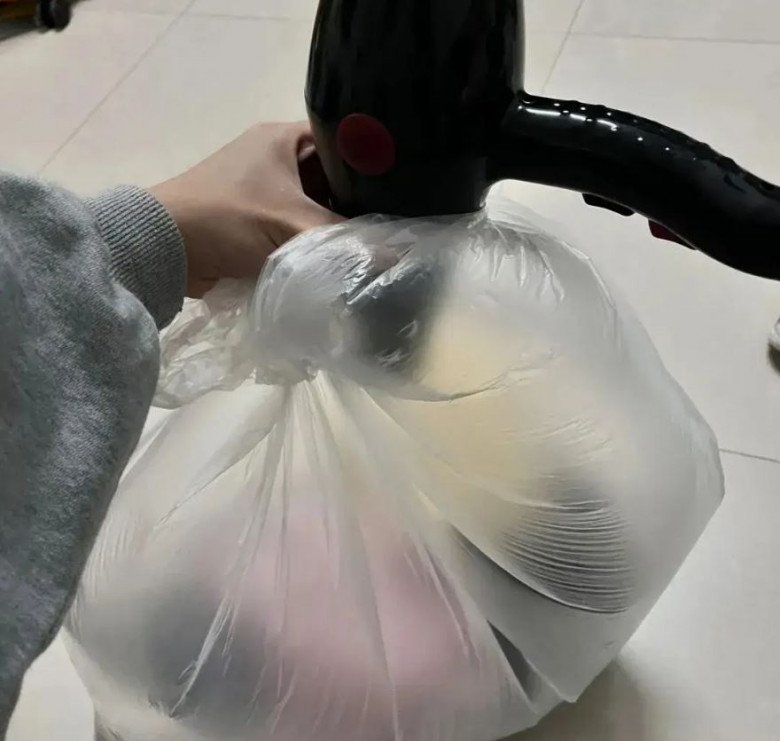
Finally, turn on the hairdryer and direct the hot air into the bag. Within 10 to 20 minutes, your clothes should be completely dry.
The Art of Hand-Washing Clothes: A Guide to Clean, Quick, and Soft Laundry
Laundry may seem like a simple task, but there’s a real art to hand-washing your clothes. It’s all about taking the time to ensure your garments are thoroughly cleaned, colors are preserved, and fabrics remain intact. Discover the ultimate guide to mastering the art of laundry and become a pro at keeping your clothes looking their best.
































